Indian EV market to hit annual sales of 17 million units by 2030: Report
Between 2021 and 2030, the yearly battery demand is anticipated to increase at a compounded annual growth rate (CAGR) of 41 per cent, reaching 142 GWh, as per the forecast.
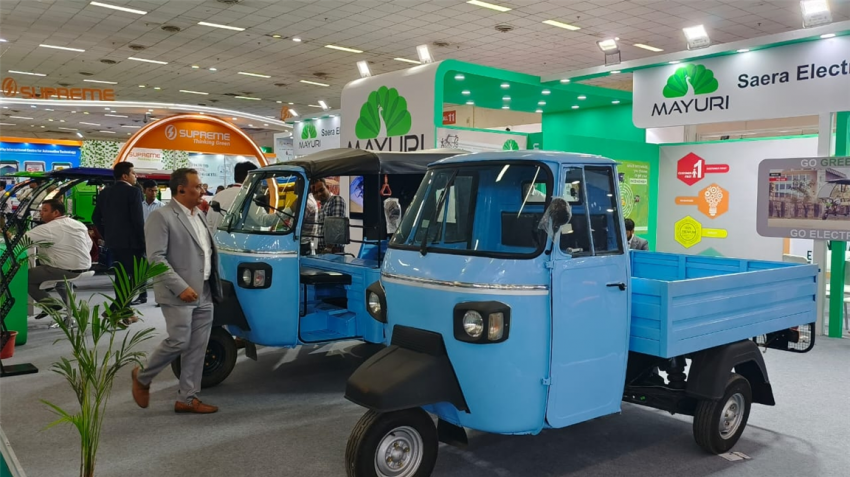
India's electric vehicle market is expected to expand at a compounded annual growth rate of 49 per cent between 2021-2030, with the segment's volumes set to cross annual sales of 17 million by 2030, a new report said on Tuesday.
This projected growth is expected to be driven by factors such as rising fuel prices, entry of new players, advancement in EV technology, continued subsidy support from both the central and state governments as well as anticipated implementation of emission standards, India Energy Storage Alliance (IESA) said in its report.
The EV industry in India experienced one of the quickest recoveries from the pandemic-induced slowdown in 2020, the report observed, noting that the electric two-wheeler segment, accounted for 50 per cent of the total over 4.67 lakh EV sales in the domestic market followed by the low-speed e-three-wheelers in 2021.
However, other segments also showed notable increase over the course of the year, it stated.
The report said that with a Business as Usual (BAU) scenario, the Indian EV market would expand at a CAGR of 49 per cent between 2021 and 2030 and is predicted to reach annual sales of 17 million units by that time, with almost 15 million of those projected to be electric two-wheelers.
Between 2021 and 2030, the yearly battery demand is anticipated to increase at a compounded annual growth rate (CAGR) of 41 per cent, reaching 142 GWh, as per the forecast.
It stated that the market is of 6.5 GWh, just like in 2021 and added that the EV segment is anticipated to grow quickly after 2024?2025, as the initial cost of these vehicles are predicted to be comparable to those of internal combustion engine-powered vehicles on the back of falling battery prices, advancements in EV technology, domestic production and economies of scale.
According to the report, lead-acid batteries continued to dominate the Indian EV ecosystem in 2021, accounting for 81 per cent of the market, due to the high demand for e-rickshaws.
The market share of lithium-ion batteries has been steadily growing, and in 2021, for the first time, the demand for these batteries exceeded the 1 GWh threshold.
Additionally, among lithium-ion chemistries, Lithium Iron Phosphate (LFP) is the chosen option for e-three and four-wheelers, whereas Nickel Manganese Cobalt (NMC) is the preferred option for e2W and e-buses, it said.
The FAME II incentives scheme, which was launched by the government to look into ways to make EVs cheaper and attractive to the end-users and has now been extended to 2024, has benefited more than 1.8 million automobiles, IESA said in the report.
Get Latest Business News, Stock Market Updates and Videos; Check your tax outgo through Income Tax Calculator and save money through our Personal Finance coverage. Check Business Breaking News Live on Zee Business Twitter and Facebook. Subscribe on YouTube.
RECOMMENDED STORIES

Dearness Allowance (DA) Calculations: Is your basic monthly salary Rs 25,500, Rs 35,400, or Rs 53,100? Know how much DA will you get at different rates
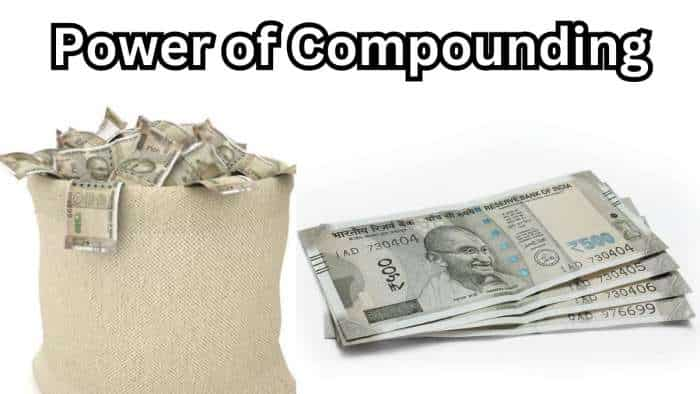
Power of Compounding: How long it will take to build Rs 8 crore corpus with Rs 7,000, Rs 11,000 and Rs 16,000 monthly investments
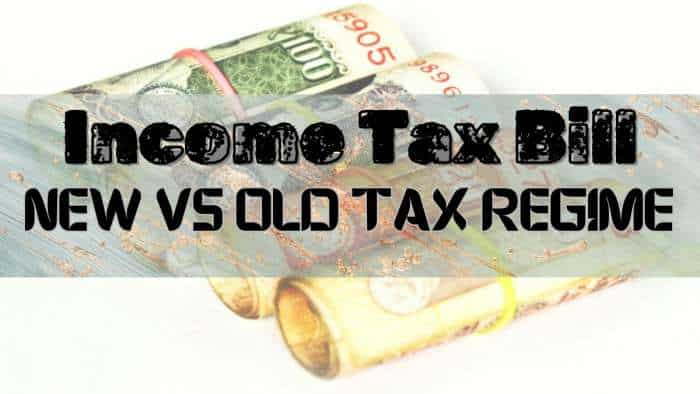
Income Tax Calculations: What will be your tax liability if your salary is Rs 8 lakh, Rs 14 lakh, Rs 20 lakh, and Rs 26 lakh?

Monthly Pension Calculations: Is your basic pension Rs 25,000, Rs 35,000, or Rs 50,000? Know what can be your total pension as per latest DR rates
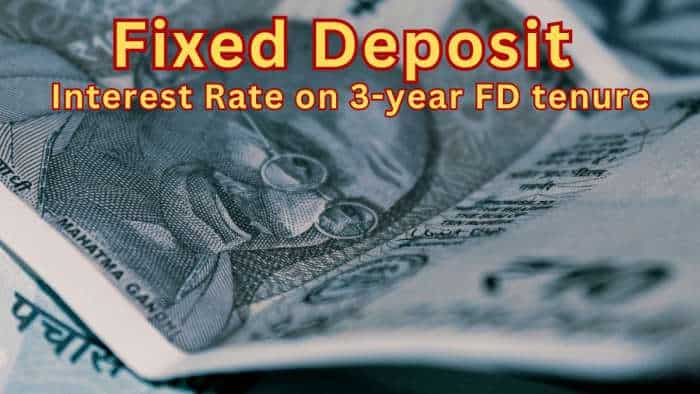
Fixed Deposit Rates for 1 Lakh Investment: Compare SBI, PNB, HDFC, ICICI, and Post Office 3-year FD returns
05:05 PM IST







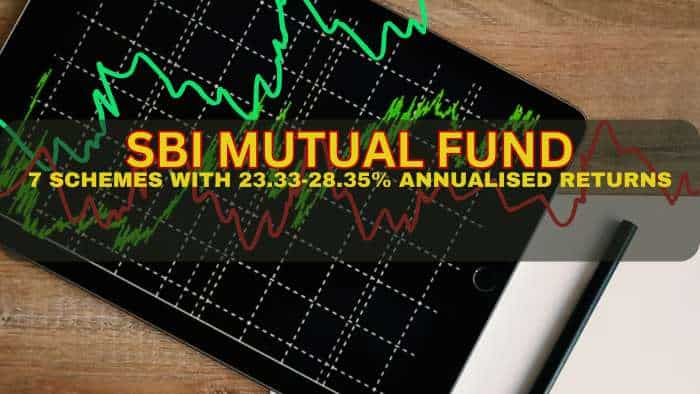

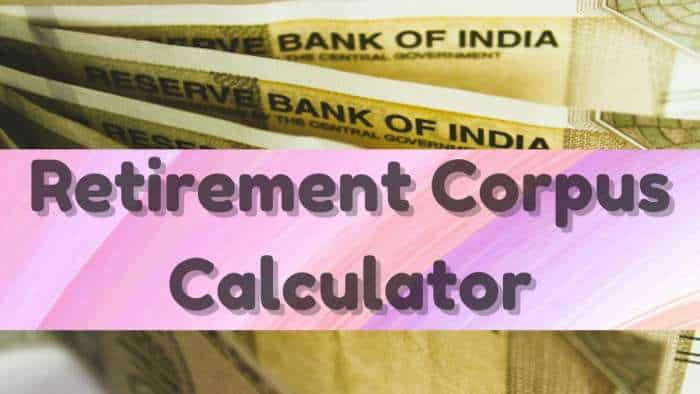
 Maruti Suzuki teases its first eBorn Electric SUV; e VITARA set to debut at Bharat Mobility Global Expo 2025
Maruti Suzuki teases its first eBorn Electric SUV; e VITARA set to debut at Bharat Mobility Global Expo 2025 Indian EV market potential likely to touch Rs 20 lakh crore by 2030, to create 5 crore jobs
Indian EV market potential likely to touch Rs 20 lakh crore by 2030, to create 5 crore jobs  Mahindra Last Mile Mobility and Vidyut collaborate to launch Battery-as-a-Service for electric vehicles
Mahindra Last Mile Mobility and Vidyut collaborate to launch Battery-as-a-Service for electric vehicles Bajaj Auto probing 'smoke emission' from EV scooter component
Bajaj Auto probing 'smoke emission' from EV scooter component  Delhi strengthens EV push with 25 new low-cost charging stations
Delhi strengthens EV push with 25 new low-cost charging stations